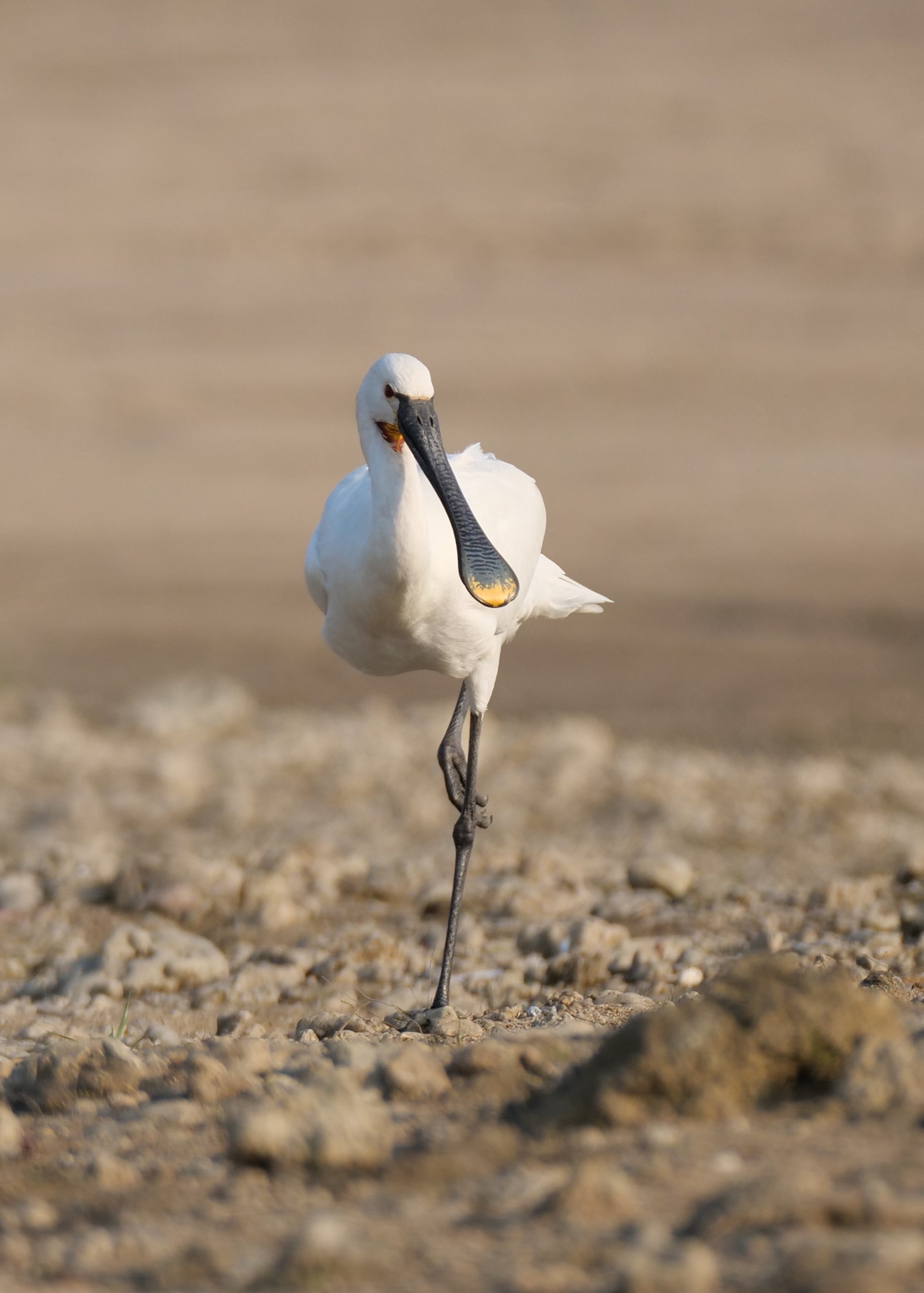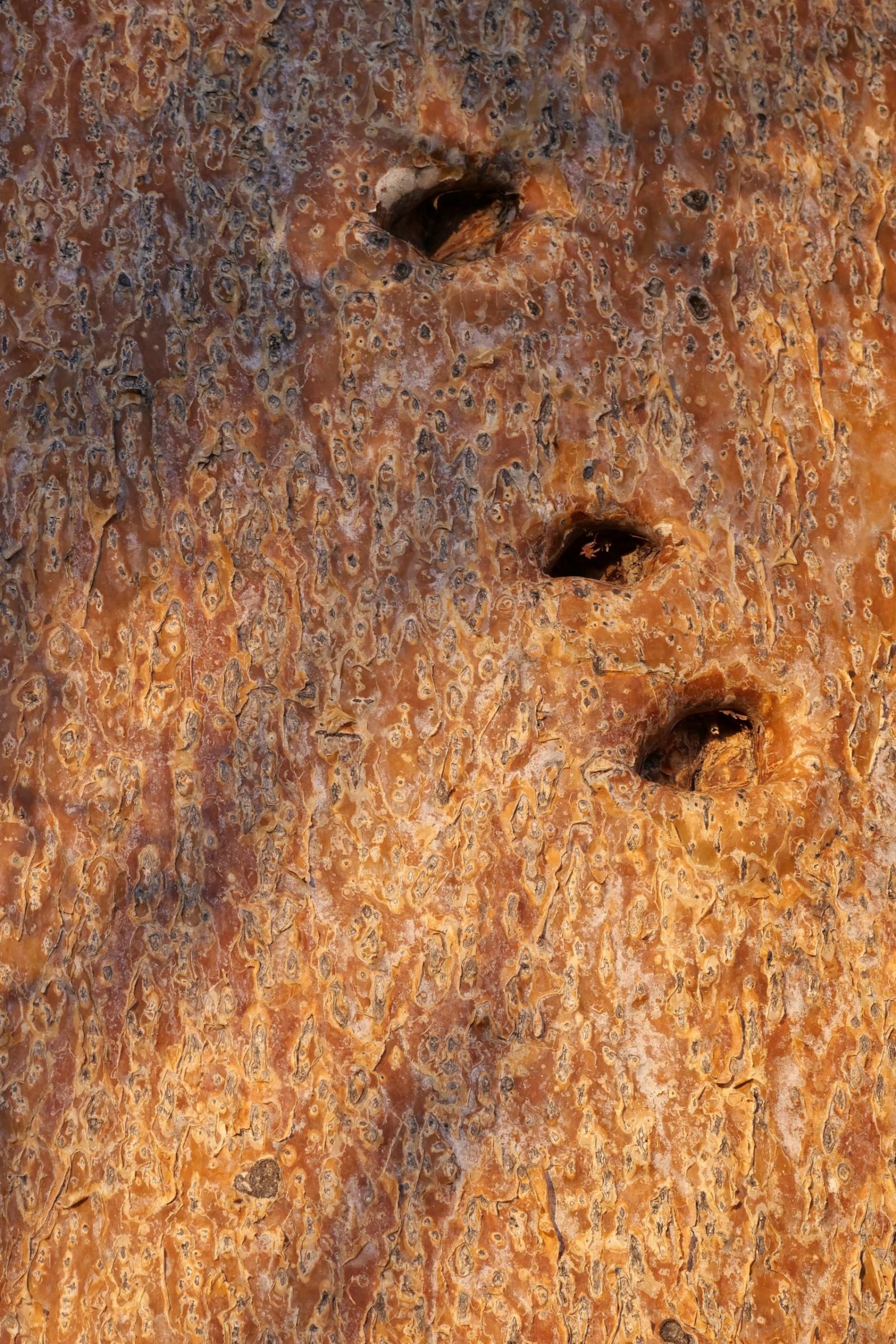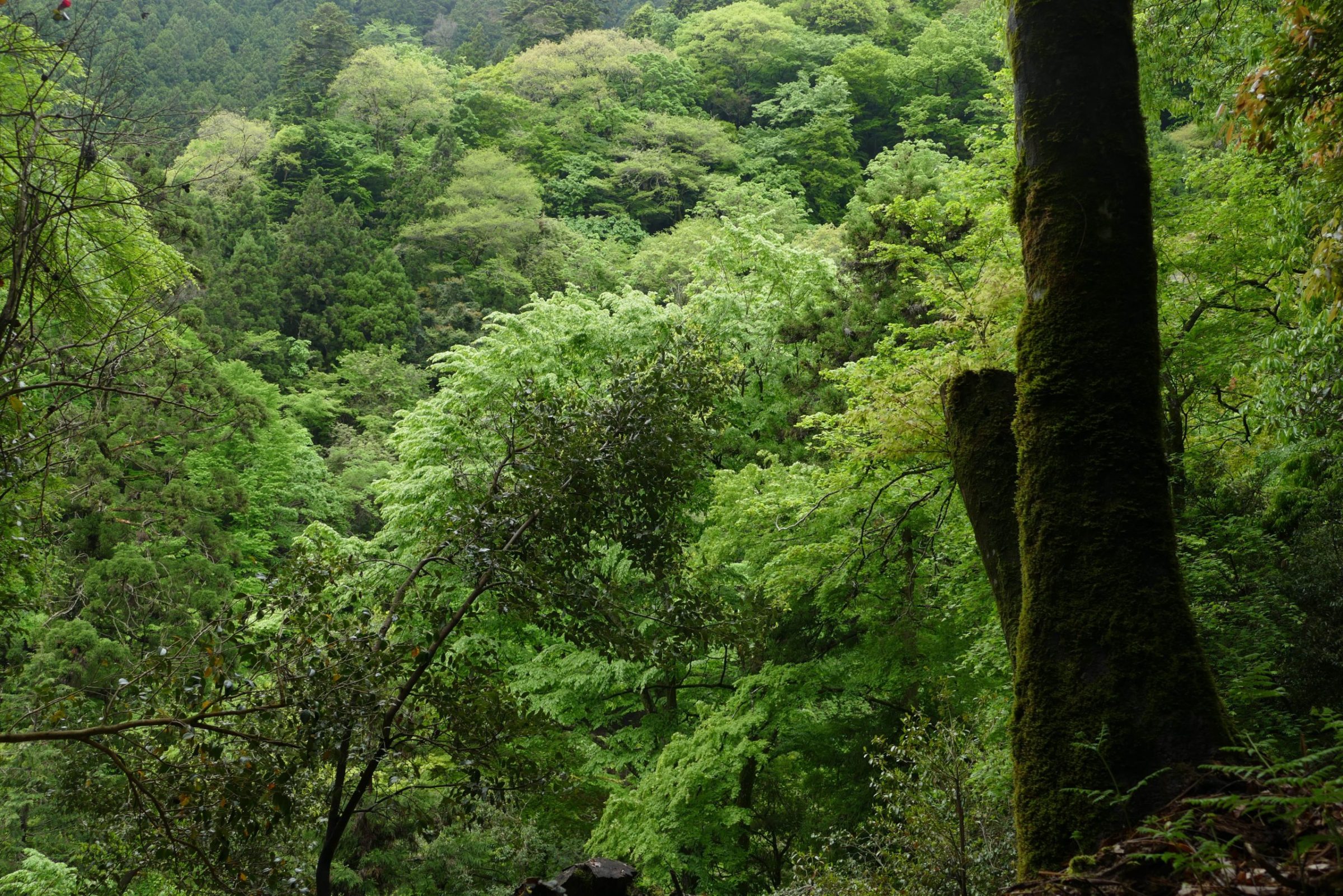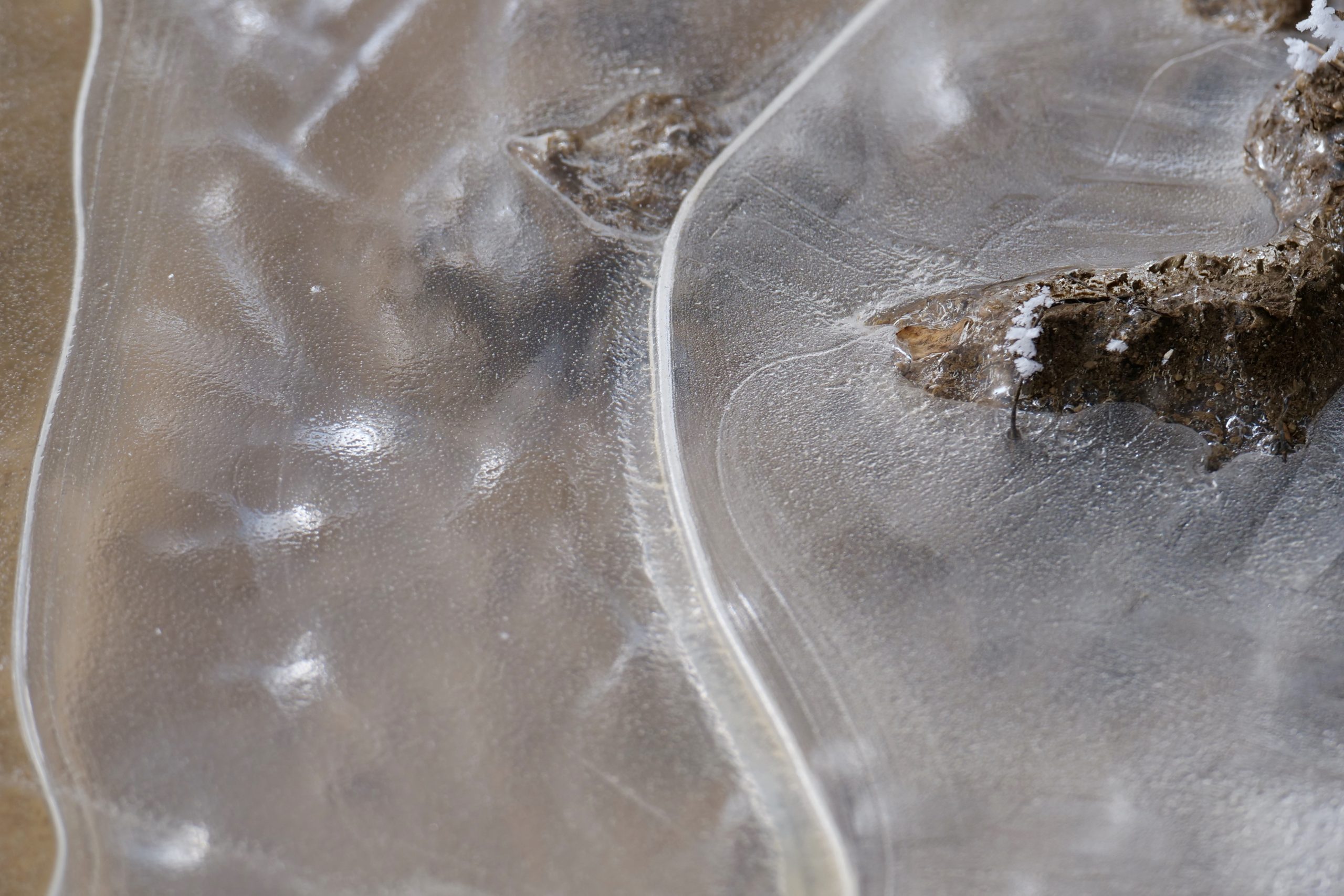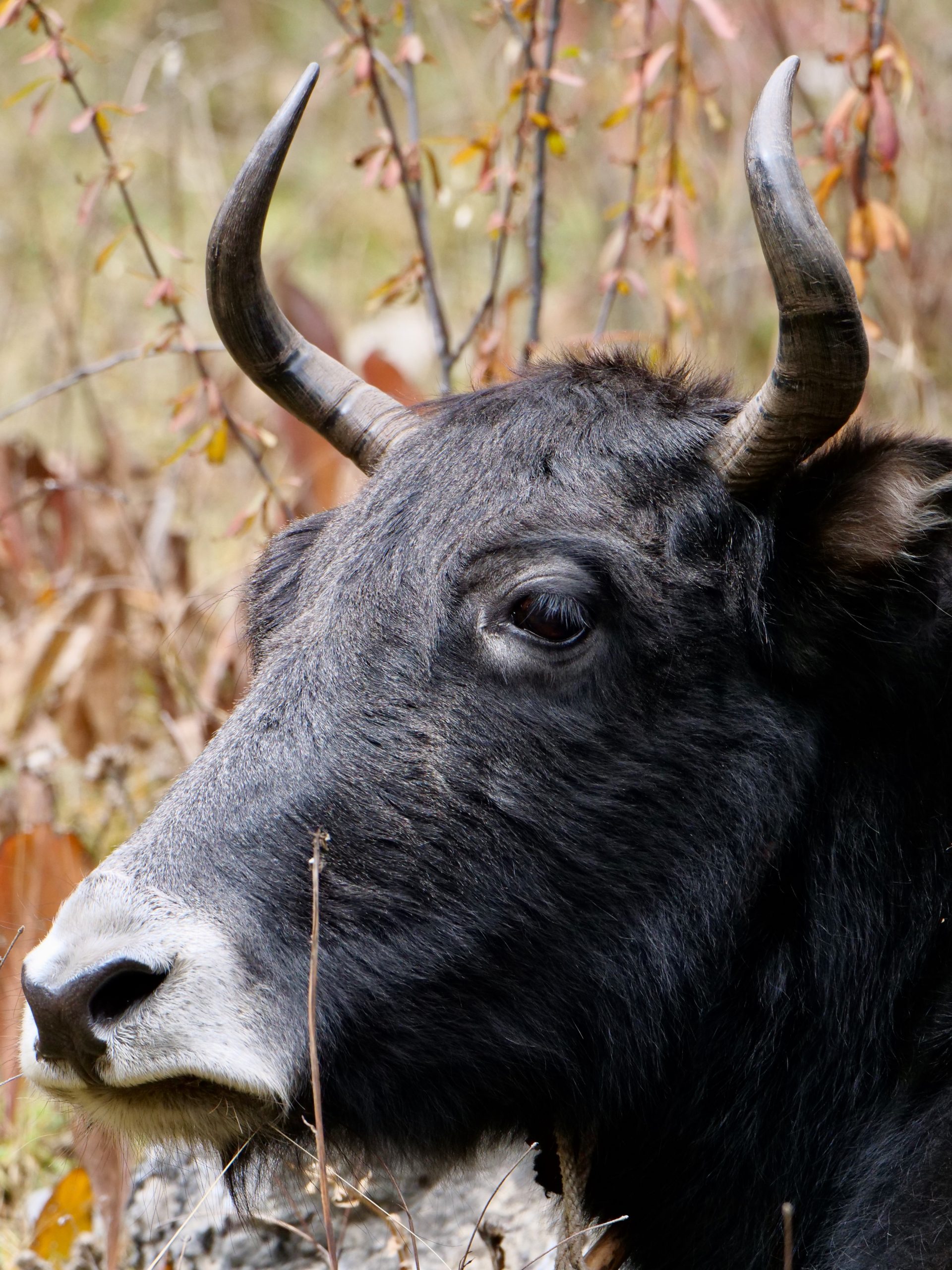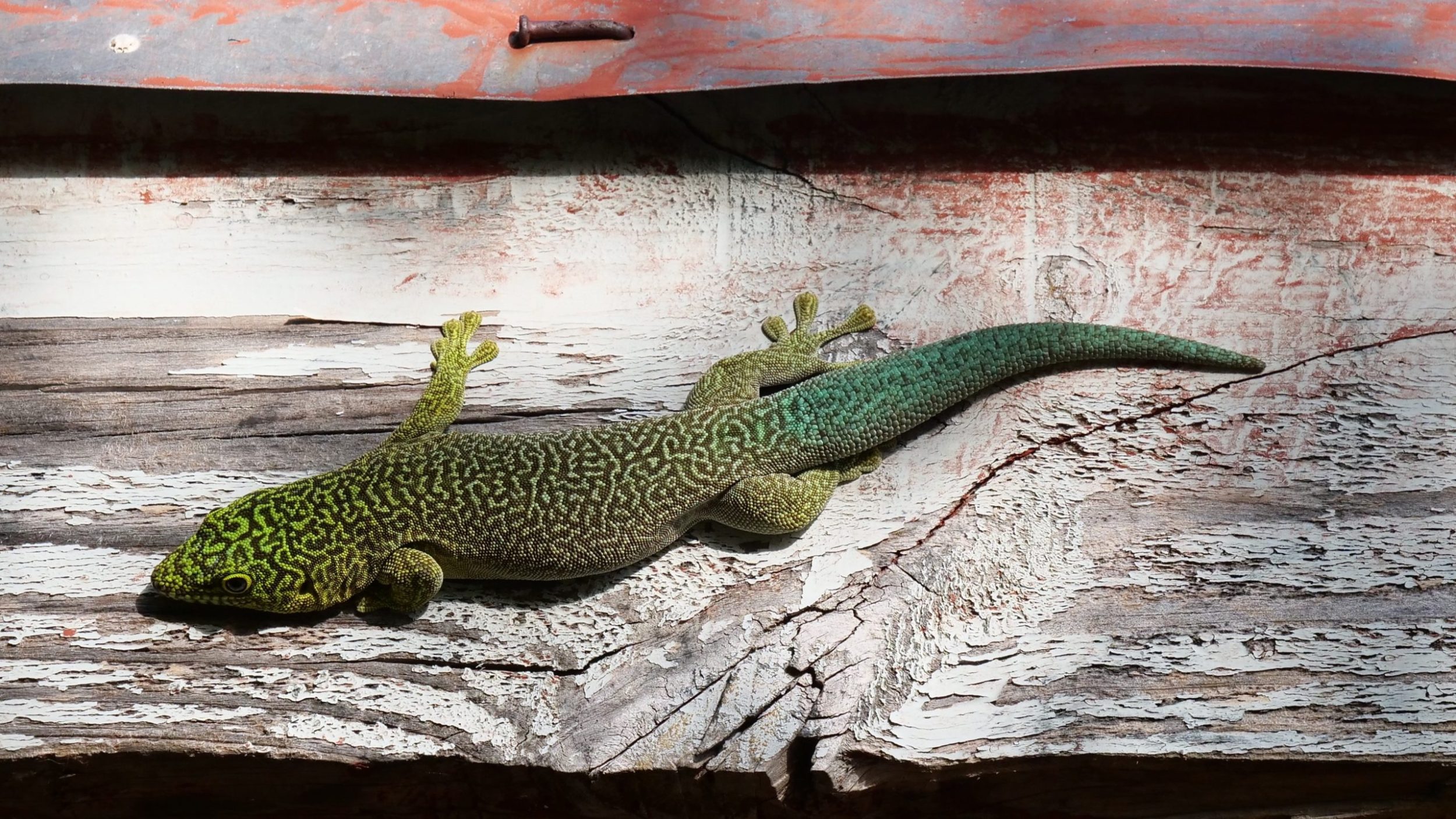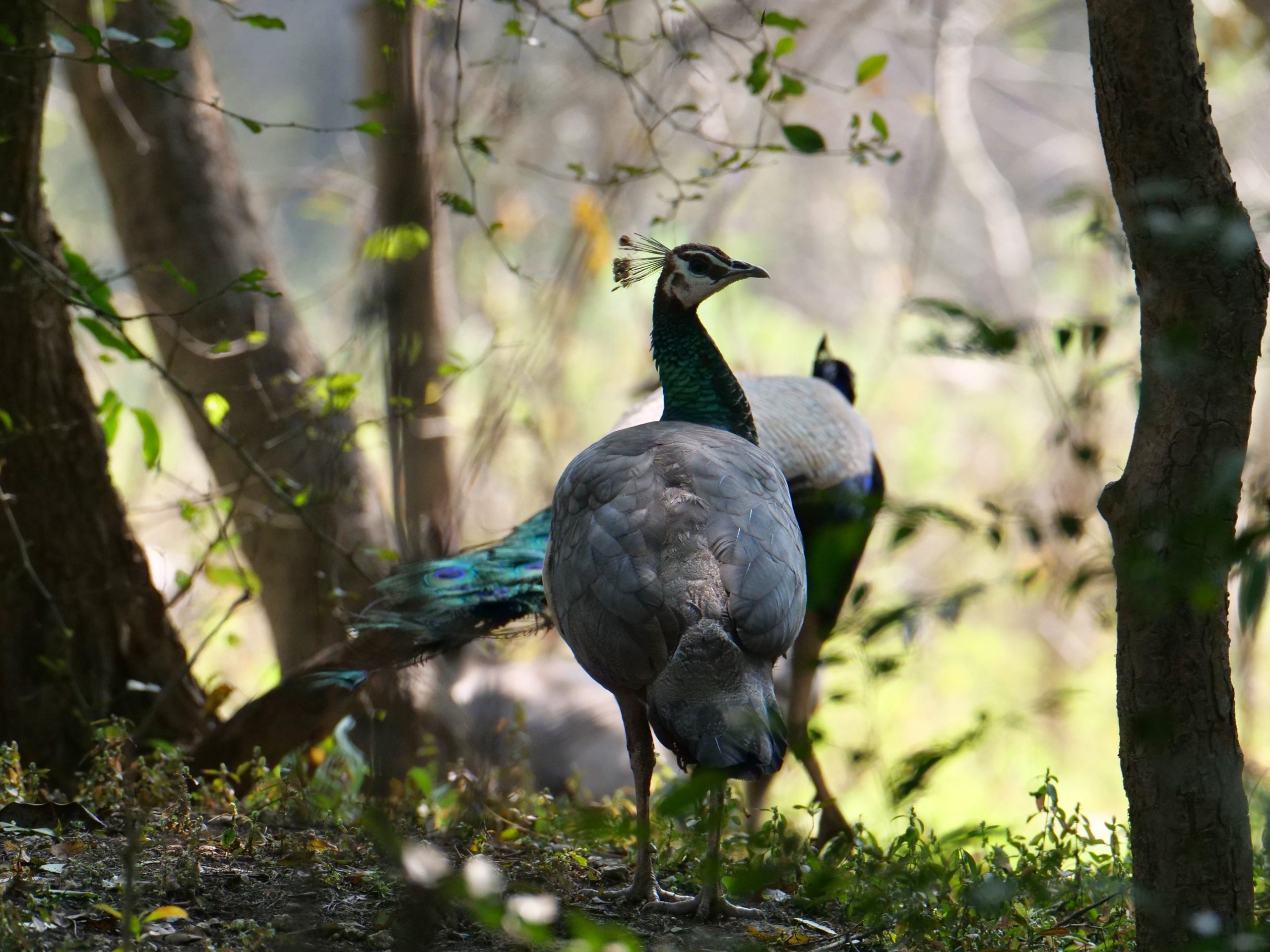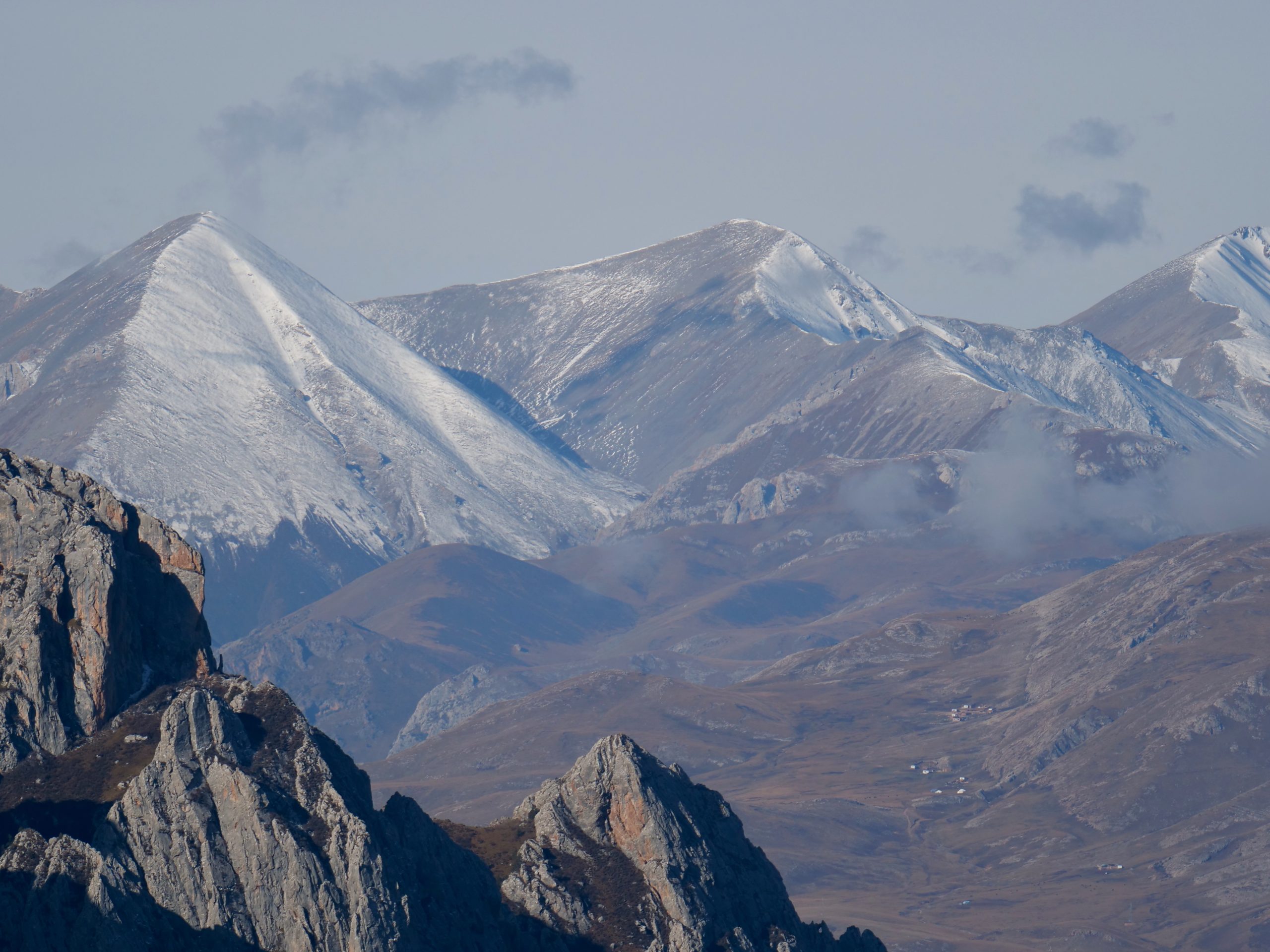For many birds, standing on one leg is entirely comfortable, even for extended periods.
When did you ever see any such bird lose its balance?
For Homo sapiens, it is another matter entirely.
However, our ability to stand on just one of our own two feet is very much more telling/predictive than most of us realise.
Comments closed